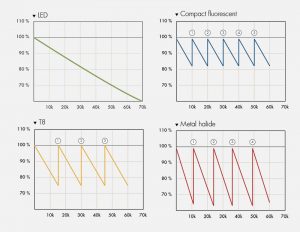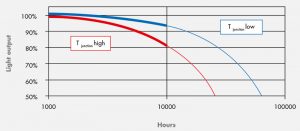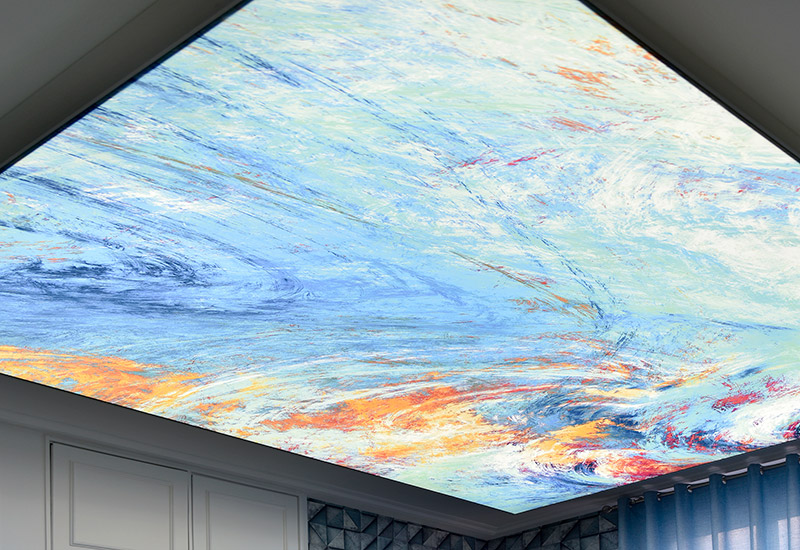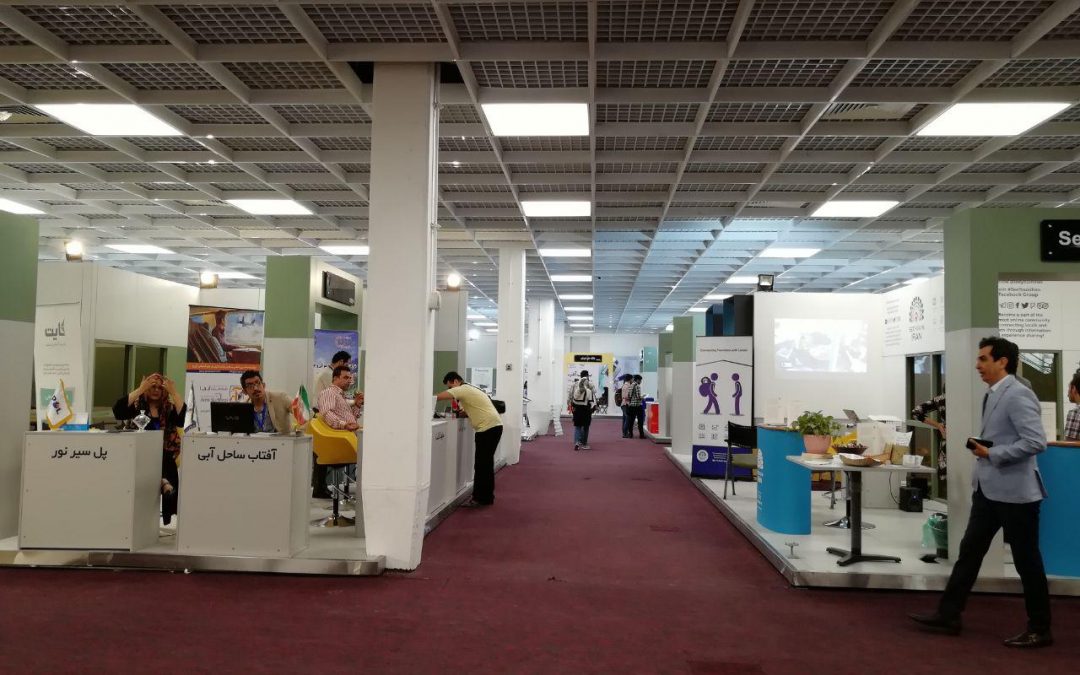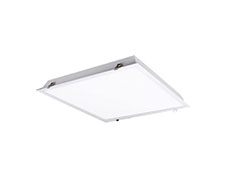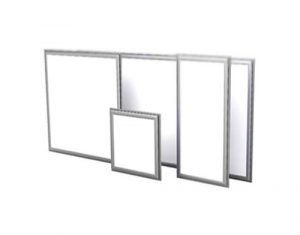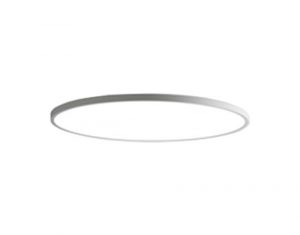
For Homes – 8 ways to Create a Cozy Lighting with LED Strips
8 ways to Create a Cozy Lighting with LED Strips
In the past, switching on the light could be tantamount to expensive and slow heating. Today efficient LED lighting offer you many options to decorate your home. You can choose from a wide range of color temperatures, lumen levels and forms.
LED strips are versatile and can be customized. They can be placed different places in the home, basically through adhesive back or via clips as far the power and surfaces is within reach, to which the strips can be attached. In this blog post, you can read more about 8 ways to use LED strips in your home and create the absolutely perfect atmosphere in any room.
1. Light for multiple purposes
You can relatively easy install LED strips in your home. It is a cheaper alternative when you want to emphasize the ceiling or put special architectural details in focus such as
Create a warm feeling in your entrance, which is the first thing your guests see
Add ambiance to your bathroom
If you are living in an older house or apartment you can highlight ceiling details by highlighting it with light
Use LED strips in your kitchen to illuminate for under cabinets.
2. Don’t overlook the bathroom
the bathroom is typically the space where we forget or at least give low priority to decor and lighting. In addition to installing backlighting behind the mirror, you can also add low light with the soft lighting LED strips provides.
You should keep in mind that the bathroom is often an area where the lighting itself can withstand e.g. dust and water. Therefore, we recommend that you always choose lamps with IP rating of 65.
3. Cabinet light with sensor
You may have seen that display windows use LED strips as an added feature. You can choose to use LEDs with sensors that will ultimately improve the space and purpose you want to cover. Lighting under the cabinet will cover the functional need, which means that when you open cabinets and drawers, the light will automatically turn on and off.
It’s a smart way to help you get a complete overview of everything you have in your closet. This way, you do not always need to turn on your ceiling light if you need to find something that is located in the back of the drawer or closet.
4.Light behind the mirror minimizes shadows
We see this type of lighting becoming more and more popular in ordinary homes. Backlighting behind the mirror is an updated approach to mirror light bulbs. It will create a soft glow, provide a very even light level and limited shadows that we would prefer to avoid when we see ourselves in the mirror.
5. LED strips are ideal for shelves
If you choose to apply lighting to your shelves, they can help highlight your favorite books, collectibles or art in an interesting way. LED strips consume approx. 90% less energy than traditional filament-based light sources. Overall, commercial LED strips will give you over 70,000 hours of lifespan, after which the light will still emit 70% of its original brightness which of course will minimize maintenance costs.
This type of lighting is especially ideal for the size of the bookshelf as it can be adapted to any length.
6. Stairs
You can also use LED strips under the handrail or under the tread. In most cases, lighting on the stairs is not only served to look nice, but the light also has a real function in terms of safety and navigation. Yet again LEDs is a good choice that consumes less energy and installing the light with a sensor can at the same time minimize your electricity consumption.
7. Assemble your furniture with the light
You probably know it. You have been advised that white walls give the feeling of a larger space? The same is true of using light with our furniture. If you add strips under furniture it will not only creatre a unique glow but helps to make less space feel larger as well. Of course, not all furniture will produce the right effect. You may want to consider accent lighting for:
Sofas and armchairs – adds atmosphere and makes it easier to find the remote when someone puts it under the sofa
Tables – update an old table with the modern look of LED strip lights to add a soft light
Cribs and beds – lighting makes it easy for you to see at night without waking your children or partner, or adding them to a headboard that enhances the atmosphere.
Outdoor lighting
You can easily use LED strips for outdoor use. However, you should be aware that the lamps have the correct classifications based on the environmental conditions to which the light is exposed. Look for IP65 rating or higher in areas where spraying, rain or lighting will be exposed to dust and dirt. Otherwise they can be placed almost anywhere.
Whether you want to create a cozy atmosphere with lighting on stairs up to the garden, railings, paths or something completely fourth – LED strips are a great way to do it!





